#qimmiq dog
Text
Qimmiq/Basenji kin tips
Requested by: @rnsudio
List of tips for a qimmiq/basenji dog
For a qimmiq
Try doing quads. Qimmiqs are sport dogs, so doing quadrobics could make you feel more connected to them, you could also do any sport
Use scarfs. Qimmiqs have thick hair on the neck. So using a scarf could mimick that.
Use thick clothing. Again, qimmiqs have thick fur, so using thick clothes could mimick that.
Since this dogs are working dogs, doing some sort of cardio could help you feel more connected to them.
If you can, spend some time in the snow. This dogs are from the artic, so spending time with snow could make you connect more with them.
For a basenji
Try to get some fidgets to bite. This dogs are playful and curious and like to destroy things when little, so go wild and do the same (with some fidgets and toys).
Try to mimic the characteristic personality of this dog. Act more curious, loving, quiet, alert, energetic, confident and playful.
Try some vocals. The main characteristic of this dog is it's "bark", so trying to mimic that could help you connect with this kintype.
Try some hide and find games outside. They can be as simple as finding a red car or as difficult as finding a plant of a certain type. This dogs were bred to hunt, so doing something similar may help you feel more connected
If you want, use tight clothes that mimic your fur color. This dog's fur is not thick (like the qimmiqs) so using tight clothes could feel right. (I don't recommend this if you have species dysphoria)
Requests are currently open
#🌨️🌀 zane's tips#qimmiq dog#dog therian#dogkin#basenji#basenji dog#basenji therian#qimmiq therian#dogkin tips#tips#otherkin tips#therian tips
17 notes
·
View notes
Note
I know this is a very long ask with a lot of questions, but do you think an inuit qimmiq could ever be ethically kept by a pet home below the treeline? A lot of sources suggest they're a hardcore working dog that needs an actual job like a belgian malinois, but in a home that regularly engages in casual/hobby bikejoring, weight pull, hiking & packing etc, would it be possible to have one as a companion animal? Also do you think it may be culturally insensitive/ignorant to own one of these dogs as a non-indigenous (no inuit ancestry or any connection to inuit culture)? I don't actually have any plans to acquire one of these dogs anytime soon but I'm really fascinated by them and if I ever own one (if its acceptable) it'll be after I have enough experience with other dog breeds (mostly asian spitz, probably, im fascinated by how very similar yet very, very different inuit qimmiq are to these dogs). Also, I read that inuit qimmiq puppies need to be raised with at least one other inuit qimmiq puppy to have proper, well-rounded social skills with humans and dogs as an adult, do you know if this is true? Again sorry for bothering you and if you aren't equipped enough to answer my questions it's fine.
When it comes to questions like "do i think *insert dog breed/type here* can be ethically kept in a situation" I will alway default to the fact that dogs can be kept ethically in many situations and there's a lot more nuance to ethicality than defining a home as "working" or "pet" or "above tree line" or "below tree line". My main question will aways hinge on: is the dog being fulfilled?
There is a fundamental difference between working dogs like qimmiq other indigenous bred working dogs and working dogs like malinois. The malinois, especially the working malinois has been fundamentally changed from its traditional role to better suit people's working needs. From a working perspective it is much more common for the work malinois do to not be herding or herding adjacent, but rather protection, police, military and bite sport related. The malinois is changed from what it was, the qimmiq is not. It is very much unchanged from its traditional role and way of being. To understand why this difference is meaningful first one must understand what traditional work often means for dogs. A good working dog outside of the modern context is a dog that can settle, a dog that does not need constant upkeep physically, a dog that can weather the elements, a dog that is temperamentally sound within its basic breed specific behaviors, a dog that is not quivering with unsprung energy and with qimmiq they are not worked in the summer. In this aspect, qimmiq are very much the opposite of modern working & sport malinois, but it does not mean they are content to be couch potatoes and they are very much dogs that need outside space. I know several in pet type homes, but they are pet homes like mine where the dogs work consistently several times a week and often live outside. (however a majority of canadian qimmiq i know of are in working homes in some regard). The difference between qimmiq and my working bred malamutes is that my dogs have been bred for work AND for in home companionship. Usually, the qimmiq is bred to pull sleds, not to live inside your house (because again they are very unchanged).
You must ask yourself, as you should do with any breed/type of dog: what can I provide for this dog? Why do I want this dog? Will I commit to changing my lifestyle for this dog?
I cannot personally speak on if owning qimmiq is culturally insensitive as a non-inuit. I know several that do and they are, or have been before their own deaths, welcomed in the community as part of cultural exchange (there are whole populations of Canadian Inuit Dogs in the UK and Italy that work their dogs in harness and often import native dogs from indigenous sources in northern Canada for example), but that does not mean that other individuals may not be. Personally, I think as long as you are looking to learn more about traditional dogsledding, to learn about the context of the dogs in the culture, the history, all from the people that originated the dogs there are not going to be problems. I have strong personal feelings that the development and standards of what these dogs should look like and be capable of should be in inuit hands, but imo that does not close the dogs off from being owned and culturally exchanged to non inuit. I think the biggest hurdles you'd run in to are that there aren't many Canadian qimmiq in general due to various factors in Canada itself (past RCMP dog culls, lack of accessible vaccination for dogs, cost of keeping a team of dogs vs cost of a single snowmobile in the arctic etc.)
Now your last big question about puppies being raised together I have some big feelings on. I do not think you need two puppies, although I know a quite a few breeders of differing sled dog breeds that swear by this method. A majority of people are not equipped to raise two puppies together in a way that avoids littermate syndrome, so raising two puppies is detrimental to the dogs themselves. But, on the other ends of things, I have personal experience with the difference of primitive dogs that are traditionally kept in family groups being raised both within that family group and without. 2/3 of my dogs (Zombie and Slash) were raised in a multi generational pack of dogs. They are incredibly adept at dog body language in a way that Sigurd is not. Sigurd was an only dog for the first year of his life, and despite him coming from that same family group, having a very nice stable, temperament, and a lot of work being done on our end to ensure he had proper socialization, he lacks the dog language skills and pure poetry of proper interaction within a larger dog social group that my other two have. I will never raise a malamute puppy into a single dog household ever again, the difference in socialization is just so obvious to me. The behaviors of dogs are both part genetic, but also part environmental. But let me be clear, I do NOT think that two baby puppies can learn this type of socialization just from each other. Adults of various genders and age groups are needed for this kind of adept dog social language to be taught and exist. Sigurd isn't necessarily bad at it, he is pretty dog neutral and very friendly with people (as all my dogs are), most people would probably think he exhibits great dog body language compared to a majority of pet dogs, but once I got Slash and had two dogs out of three that were VERY ADEPT little dog language mozarts it became so strikingly clear to me what Sigurd lacks compared to them (something that often causes conflict in my pack btw because the way he exhibits behaviors and does not understand the signals my other dogs perceive as clear is considered rude by the other dogs). Now malamutes are pretty kennel clubified compared to Qimmiq, so take what I'm saying and increase it for them. I do not think they would thrive without at least one other existing dog in the house (even if that dog was a different breed) around, but certain outlying individuals i'm sure exist.
My final thoughts are that i think freighting sled dogs and indigenous sled dogs are super cool. So i understand why you are drawn to them. I dedicate a lot of time each and every day ensuring my working pet malamutes get what they need, am considering a 4th dog in 2026 due to sled dog brain rot, and even I have my doubts that I would be able to provide a qimmiq what i needs. If i were to get one, I'd have to get a lot more intense than I already am about putting the dogs to work, not because I think the dog wouldn't be content with pet life, but because I would feel guilty as hell purchasing a dog meant for traditional work in the arctic only for it not to get what I deem as the correct and appropriate amount of work due to other constraints that often come up in my life. Hell sometimes I feel this way about Slash because he's bursting with so much potential I feel I'm incapable of properly tapping.
#dogblr#faq#inuit qimmiq#i mean if you're only looking to do recreational stuff a working malamute is going to serve you just as nicely if not better#bc they are much more likely to be able to fit into that house dog niche#there are a lot of dogs i think are cool and i know i would not be able to own them#that's okay if that's how you figure things to go for you#we should own the dogs that fit our lives and needs the best#did you guys know that malamutes were a compromise breed for me and mr d? he wanted bigger and calmer and i wanted sled dogs#and here i am very very passionate about the working malamute in all its aspects#freight dogs too by extension
45 notes
·
View notes
Text

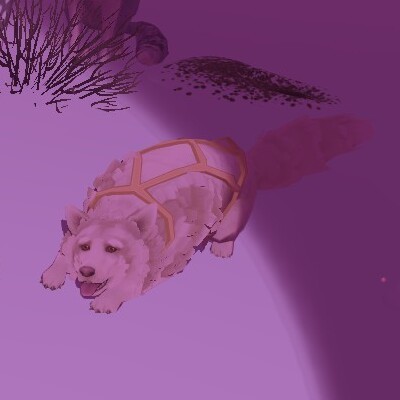
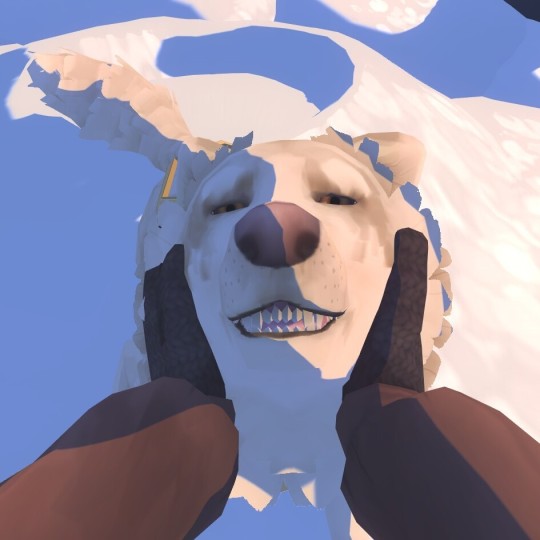



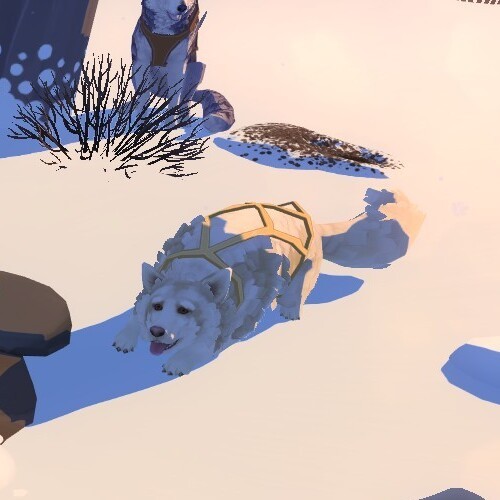


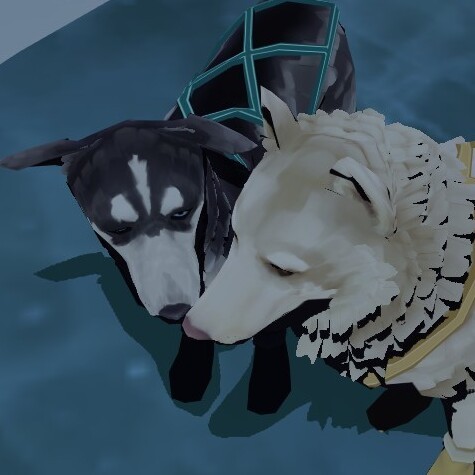

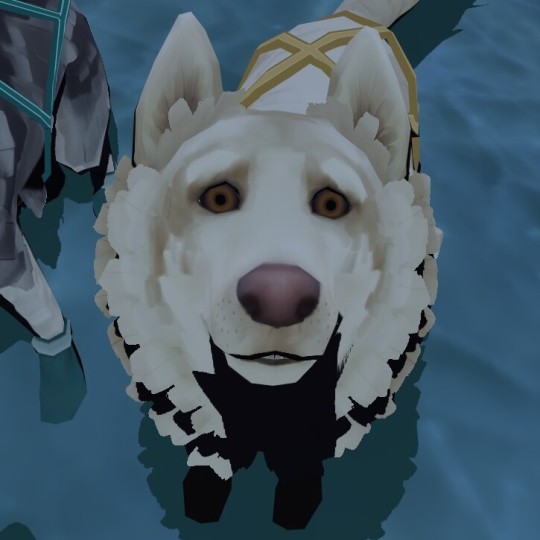

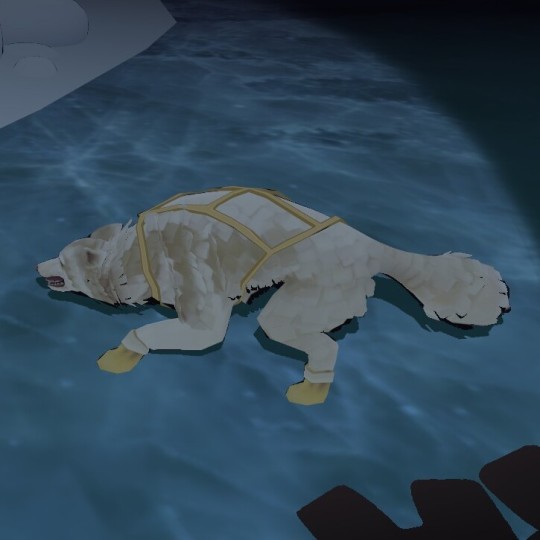



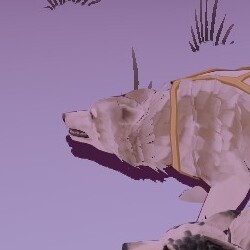
The Red Lantern icons: Iggy
(simple cropped screenshots-- credit not necessary)
#guiltyedits#dogs#the red lantern#timberline studio#sled dogs#dogsledding#canadian inuit dog#qimmiq#igloo#iggy
45 notes
·
View notes
Note
What other dogs breeds are you favourites?
I love standard poodles and labradors!
Apart from sighthounds (and I don't own any of these photos, just showing them for demonstration purposes)
I've always had a soft spot for Dobermans!

They often make me sort of sad though. To my understanding they have a lot of severe hereditary illnesses, and they're a type of breed that tends to attract bad owners. I also can't in good conscience support cropping and docking, even though I agree that they contribute to the iconic look of the breed.
Sled dogs are cool, Greenland dogs/Canadian inuit dogs/Qimmit/Qimmiq in particular.
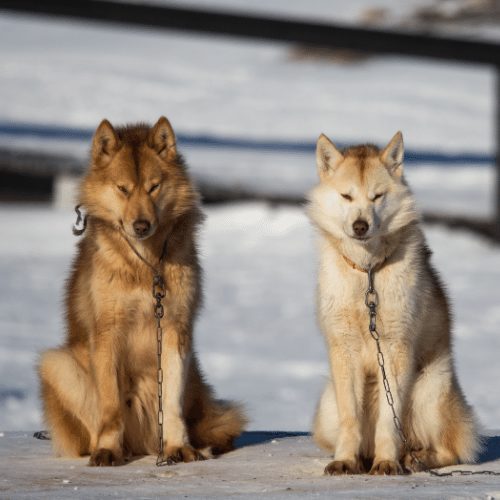
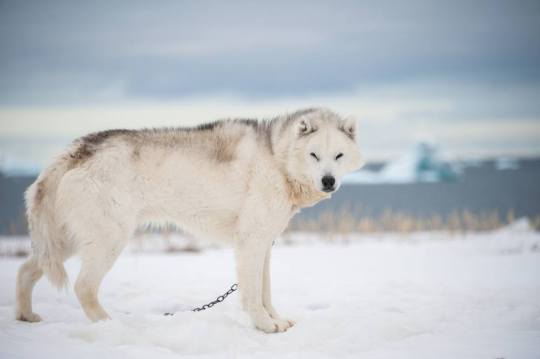
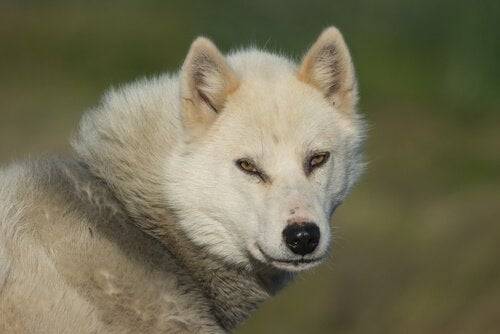

I like hairless dogs a lot, they're very charming.


A lot of livestock guardian breeds have very pleasing shapes, even though they're not the type of dog I'd ever get myself. This one's a Central Asian Ovtcharka/Alabai/Tobet.

And this is a Kangal.

Yakutian laikas have the most intense markings.

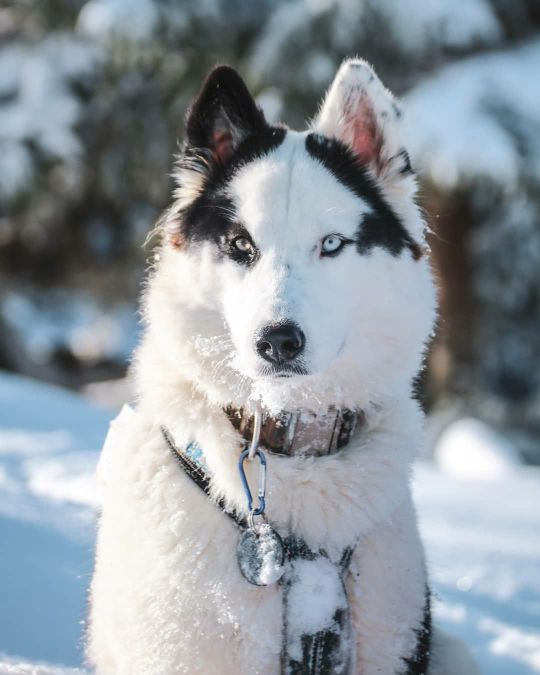

Huskies are fun for the same reason, especially when they have particularly striking and unusual faces.



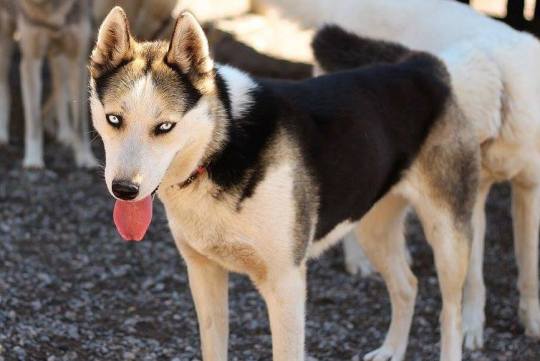
And I think lop eared scenthounds are endearing, but to be perfectly honest there's a lot of visually similar breeds and I can't tell them apart all that well. These are Poitevin hounds, they have long slender faces and this sort of smoky eye look going on.

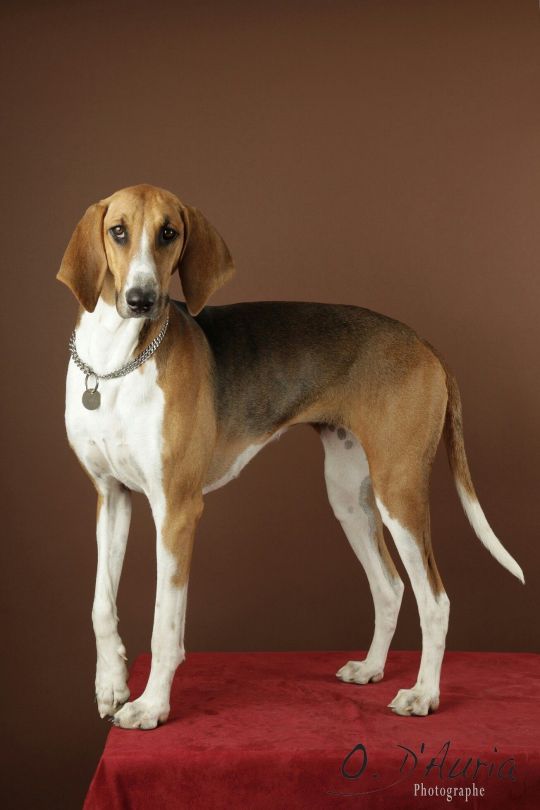
But dogs are just neat in general, I'm not very particular about breeds.
#probably forgetting a whole bunch of nifty ones but these come to mind at the moment#I also like mixed breed dogs a lot#they have the potential to be truly unique looking#answered#anonymous
857 notes
·
View notes
Text

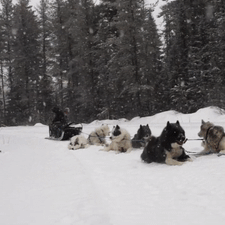





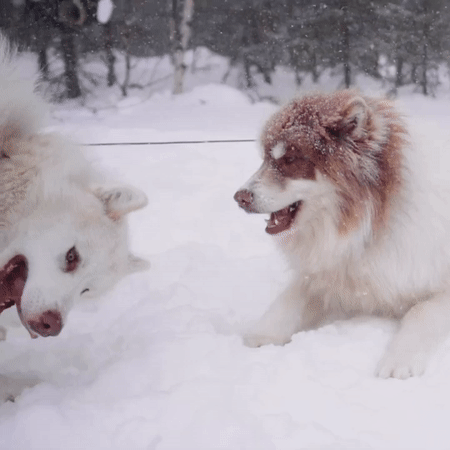
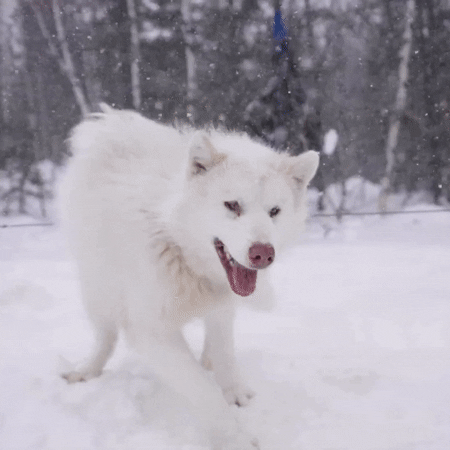
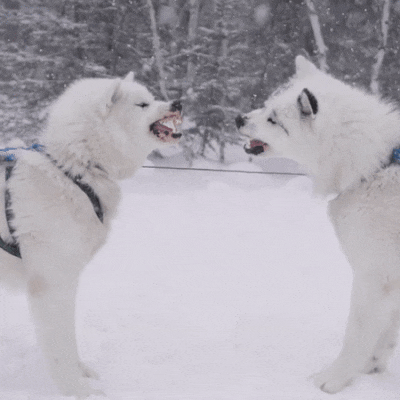



Qimmiq - The Canadian Esk*mo on Expedition | Documentary Film sled dog (VOSTFR/EN)
Just a few shots from a 1.5-minute segment of this 20-minute-long video!
Though this isn't my footage, I took the time to make the gifs. See my terms of use BEFORE you reupload!
#arctic#barking#canada#canadian inuit dog#culture#dogs#dogsledding#dominance#fighting#growling#howling#indigenous history#mushing#nature#pawing#playing#running#shaking#snarling#snow#sled dogs#taiga#therian#qimmiq#quebec#winter#working dogs#content: upload#creature: canine
15 notes
·
View notes
Text
ᴵ ᴳᴱᵀ ˢᴼ ᴹᵁᶜᴴ ᵀᴬᴵᴸ ᴱⱽᴱᴺ ʸᴼᵁᴿ ᴮ ☆ᵀᶜᴴ ᶜᴬᴸᴸˢ ᴹᴱ ᴾᵁᴾᴾʸ
Now playing : PUPPY TF by Ida deerz


basic info !
૮ ・ﻌ・ა Lennon / Morgue / Dogz ☆ he / it / pup / ey / they ☆ minor ☆ nonhuman ☆ agere blog @sandbox-pup ૮ ・ﻌ・ა

kintypes, interests, and dni under cut

Me !
૮ ・ﻌ・ა african painted dog ☆ vancouver sea wolf ☆ border collie ☆ Inuit qimmiq ☆ hyena ☆ belgian malinois ☆ catkith ☆ Dakotaraptor ☆ Mexican wolf ૮ ・ﻌ・ა
interests !
૮ ・ﻌ・ა canines ☆ graphology ☆ animated youtube series ☆ furry fandom ☆ indie horror ☆ art ☆ music ☆ the Magnus archives ☆ cult psychology ☆ chill games ૮ ・ﻌ・ა
no dni, just dont be an arse & if you dont pass the monthly vibe check i block you

29 notes
·
View notes
Note
hello there! Can I request a sketch for my qimmiq/Canadian Inuit dog theriotype? I was red/brownish with a white muzzle that's white colouring extended a bit into the cheeks, brown/orange eyes, and the white went down the front?/bottom? Of the neck
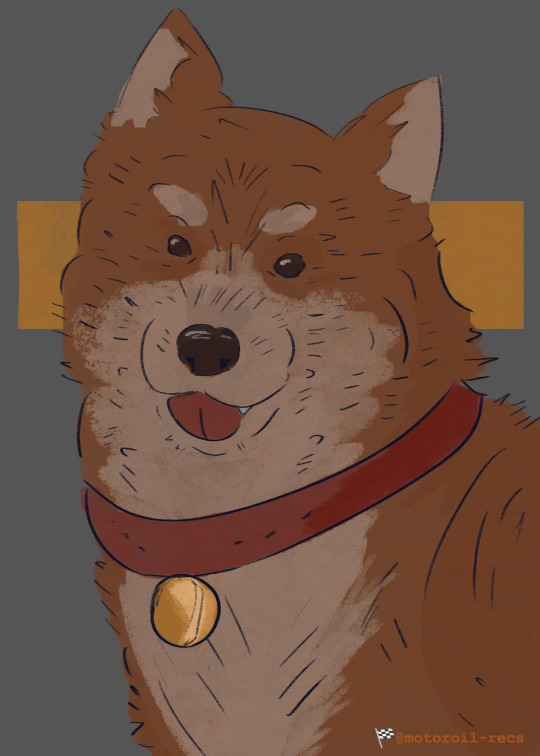
AUUUU I don't KNOW if I nailed the look, I'm so sorry if I didn't, you have such a particular appearance and I may have failed to capture it, perhaps I made you too... Cute? I'm not sure. You're more than welcome to let me know. Thank you for your request and your patience!
#🏁 checkered flag — request done !#🏎️ — sketch !#kinhelp#kinblog#kin blog#dogkin#dog therian#therian
12 notes
·
View notes
Text
I see so many other dogkins/dog therians wanting collars. WICH IS FINE! /nm /gen , but personally they feel weird for me personally. I don't want a collar I want a harness! To me collars feel caging, I understand how they help others and that's completely valid, but it just doesn't do it for me. :[ A harness however, a harness makes me feel connected to my qimmiq theriotype. It reminds me of my strong limbs running side by side the others and pulling the sled for miles on end in the cold snow. I want a harness so bad :[
Something like this y'know?

No hate to dogkins/dog therians who want collars and find them affirming
13 notes
·
View notes
Text
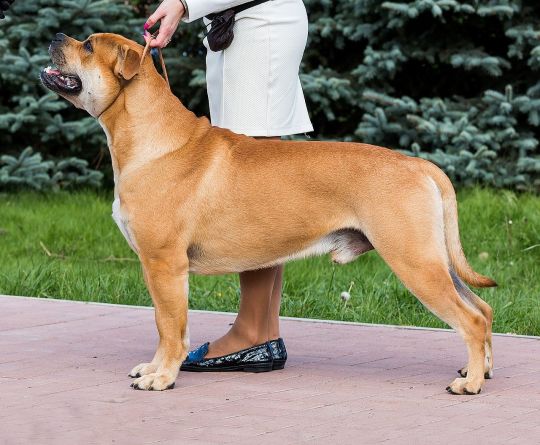
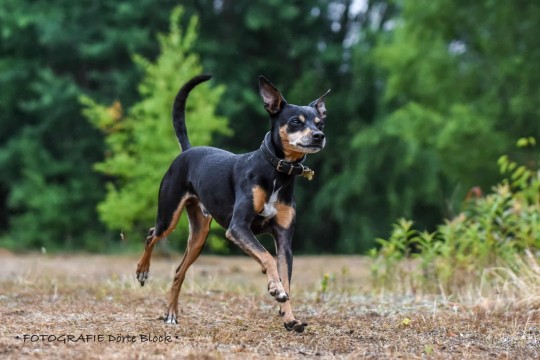


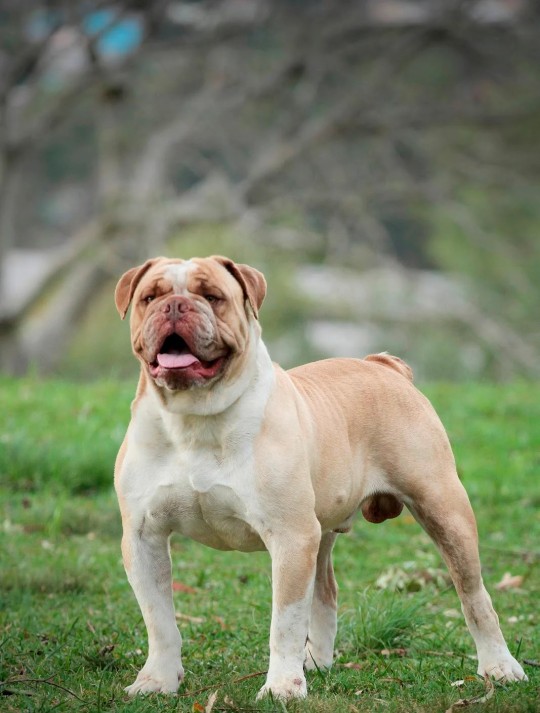


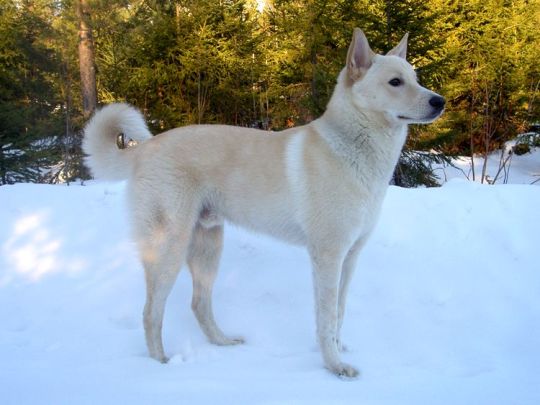

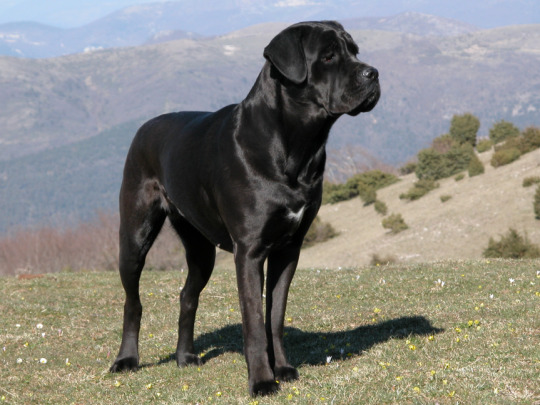
#dog#poll#polls#dogs#tumblr poll#canine#dog breeds#doggo#domestic#puppy#puppies#Ca de Bou#Ca Rater Mallorquí#Cairn Terrier#Calupoh#Campeiro Bulldog#Can de Chira#Can de Palleiro#Canaan Dog#Canadian Eskimo Dog#qimmiq#Cane Corso
11 notes
·
View notes
Note
Hi! Can i request some Qimmiqkin or Basenjikin tips? Qimmiq and Basenji as in referring to the dog breeds
Your request type was: Tips
For a: Basenji or Qimmiq dog
You got: 5 tips for each
With themes of: N/A
Right now your request state is: Queued
It will be posted on: Wednesday, December 13 (today)
You'll be tagged as: rnsudio
Hope the tips are helpful
I'll add the drawing to your other request
4 notes
·
View notes
Note
Hey!
I'm having a hard time tracking down any info on the origin of different sleddog breeds, especially their names, and I remember you've talked about it before.
I searched your blog but only managed to find a post about malamutes.
Any chance you could tell me about the etymology of other breeds like the Siberian Husky and if there are names I should use instead, like Inuit Qimmiq for the CID? Or if maybe you could point me towards good sources?
Thank you.
(also your dogs are lovely)
I mean some names are pretty self explanatory such as "Greenland Dog" and "Yakutian Laika" and "Inuit Sled Dog" (note that any indigenous breed is also going to have its own name in its native language as well, an example of this being Qimmiq).
I talk about the general etymology of the word "husky" and its usage as a generalized term HERE.
I talk about the etymology of the term husky and its use as a racial slur, as well as the use of racial slurs as dogs names HERE.
I talk about using alternative names for said racial slurs and some problems you may come across in the dog world when doing so HERE.
Also CID, as in Canadian Inuit Dog, and Inuit Qimmiq are both considered perfectly fine to use as it uses the proper term for the people originating the dog. It is the Canadian Kennel Club's official breed name of "Canadian Eskimo Dog" that there are (obvious) issues with. The campaign for name change desired "Canadian Inuit Qimmiq" as a compromise but did not go through.
Beyond listening to the various indigenous groups affected by these particular racial slurs and the racially charged and bizarrely still prevalent theme of naming new dog breeds after random, unrelated indigenous groups as a nod to their "wildness" I would not say there is a concrete source. Indigenous people are not a monolith and two individuals from the same community could likely have very different feelings on particular word usage. As an example of this divide, some people who are involved in working Canadian Inuit Dogs in their historical way take issue with the (many) campaigns to rename the breed, seeing the Canadian Inuit Dog as the true working dog and the registered Canadian Eskimo dogs as more pet bred and different. HERE is an article from the Fan Hitch about that. Now I personally know breeders of registered CEDs that are non-native across multiple continents who take great care to import dogs from their native country and from native sources so....not my circus, not my monkeys, but an interesting argument in this discussion nonetheless.
As with any of my etymology posts I merely seek to bring awareness to the origin on these terms so we can all have a greater sensitivity when interacting with the breeds of dogs that we love. I don't have answers and perhaps there is not really a one size fits all answer to this problem. I myself am not of any of the groups affected by these slurs and mythologizing, so I also don't think i can be considered a definitive source on the subject.
#dogblr#canadian inuit dog#canadian eskimo dog#qimmiq#sled dogs#husky#siberian husky#i wish i had good answers for this every time people came looking for them in my inbox#but to tell you the truth this issue is far too nuanced for me to know one besides CID being a better choice than CED.#Siberian Husky and the issues with that term and the wide usage of husky in general is a problem i don't see being solved#and i don't see a very wide push to rid ourselves of those terms at this time#so not using them can make communicating clearly about dogs that use the term husky in their name very difficult#as always i will come for the tamaskan's ass since its not too late for them to change their breed name
23 notes
·
View notes
Text
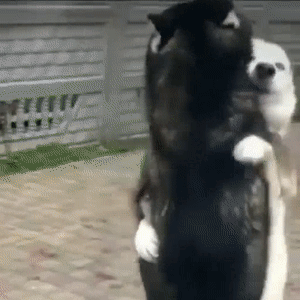
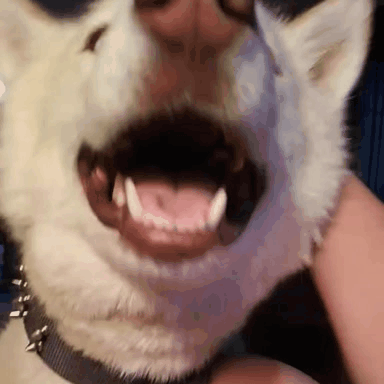




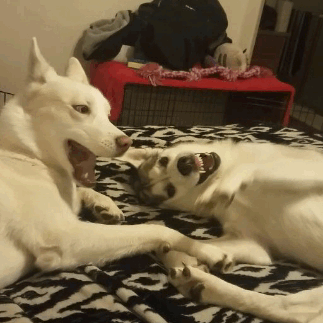
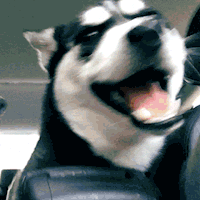


The Red Lantern ship board: Chomper x Iggy
x x x
x x x
x x x
Banner
#dogs#stim stuff#the red lantern#timberline studio#husky#Canadian Inuit dog#qimmiq#chomper#iggy#igloo#sled dogs#dogsledding#mushing
8 notes
·
View notes
Text
Inuktitut in Ittuatuq
This is a short glossary of the Inuktitut words (typically North Qikiqaaluk dialect) that may pop up in Ittuatuq, including some of the names of characters in the series.
This is to be updated as new words become relevant, new characters are made, etc etc. (Last update: june 25, 2023)
Religious/Cultural
angakkuq (ᐊᖓᒃᑯᖅ) - a spiritual mediator and healer in Inuit society. (dual: angakkuuk, plural: angakkuit)
anirniq (ᐊᓂᕐᓂᖅ) - breath, soul; “the breath of life”
sila (ᓯᓚ) - the one thing everything in life holds; the energy that makes up souls and everything else
ijiraq (ᐃᔨᕋᖅ) - a shapeshifting spirit with solid red eyes. when you look away from an ijiraq, you forget about their entire existence, until you see it again. (dual: ijiraak, plural: ijirait)
kakiniit (ᑲᑭᓃᑦ) - traditional tattoos on any part of the body
tunniit (ᑐᓐᓃᑦ) - traditional tattoos on the face
tuurngaq (ᑑᕐᖓᖅ) - an auxiliary spirit without a typical physical body that angakkuit have to aid them in their work. these spirits grant angakkuit with superhuman abilities, such as enhanced speed and strength. (dual: tuurngaak, plural: tuurngait)
Items
pana (ᐸᓇ) - a snow knife, used as both a weapon and a tool to construct snow houses. can be made from bone, horn, and/or metal.
piksiksialuk (ᐱᒃᓯᒃᓯᐊᓗᒃ) - a large bow used for hunting
qulliq (ᖁᓪᓕᖅ) - a lamp made out of soapstone, lit with seal or whale oil
sakku (ᓴᒃᑯ) - a toggling harpoon; a harpoon with a two-part point, allowing a better puncture on the skin/blubber of the animal
ulu (ᐅᓗ) - an all-purpose knife used by Inuit women, used for things spanning from animal skinning, cooking, to trimming blocks of snow
Food
aalu (ᐋᓗ) - dip made from certain parts of caribou or seal, chopped into small pieces then blended into fat and blood
aqpik (ᐊᖅᐱᒃ) - cloudberry, a reddish-orange berry
bannock - frybread found throughout all parts of North American indigenous cultures. there are many ways it can be made depending on the location and the culture, and so bannock is incredibly diverse yet universal in North American indigenous groups
igunaq (ᐃᒍᓇᖅ) - fermented meat, typically walrus but can also be other marine animals
maktaaq (ᒪᒃᑖᖅ) - skin and blubber of a whale (bowhead, beluga, or narwhal). can be eaten raw, frozen, cooked, or pickled
mikku (ᒥᒃᑯ) - dried caribou
siriaktaq (ᓯᕆᐊᒃᑕᖅ) - large arctic char gutted and hung upside down to dry on its own
Locations
Ittuatuq (ᐃᑦᑐᐊᑐᖅ) - derived from the verb “ittuaq-“, meaning to watch from a hidden place
Ijialuk (ᐃᔨᐊᓗᒃ) - iji meaning eye, the suffix -aluk denoting something grand or impressive.
Animals
amaruq (ᐊᒪᕈᖅ) - arctic wolf
aqiggiq (ᐊᕿᒡᒋᖅ) - ptarmigan
iqaluk (ᐃᖃᓗᒃ) - fish, typically arctic char
kajuqtuq (ᑲᔪᖅᑐᖅ) - red fox
nanuk (ᓇᓄᒃ) - polar bear
nattiq (ᓇᑦᑎᖅ) - ringed seal
qairulik (ᙯᕈᓕᒃ) - harp seal
qimmiq (ᕿᒻᒥᖅ) - dog, typically the Canadian Qimmiq
tiriganiaq (ᑎᕆᒐᓂᐊᖅ) - arctic fox
tuktu (ᑐᒃᑐ) - caribou
Names
airaq (ᐁᕋᖅ) - yellow oxytrope flower
igsivalitaq (ᐃᒡᓯᕙᓕᑕᖅ) - the frostbitten
kitaani (ᑭᑖᓂ) - the open sea
kukik (ᑯᑭᒃ) - claw / nail
mikaq (ᒥᑲᖅ) - bite
paliq (ᐸᓕᖅ) - to die out (flame)
piqati (ᐱᖃᑎ) - friend/partner
tasiraq (ᑕᓯᕋᖅ) - pond
tigliktaujuq (ᑎᒡᓕᒃᑕᐅᔪᖅ) - something that is stolen
tuugaaq (ᑑᒑᖅ) - ivory
12 notes
·
View notes
Text
Wttt/Wttsh weak 1, dogs
States that have some kind of state dog have those dogs. For example Alaska has a Alaskan malamute (not his only dog but😛),Texas has a blue lacy, and Louisiana has a Catahoula Leopard Dog. I think most states have some kind of pet, some are service animals or ESA’s. Maine 100% has a Maine coon, if he doesn’t, I think I’ll cry. Actually, it would be kind of cool if he also owns a Norwegian forest cat or Siberian forest cat too.
Jumping off the states and moving to Canada, I think this also goes with the Canadian provinces. The three provinces in Canada that have a “province dog” would be Nunavut, Nova Scotia, and Newfoundland and Labrador. The first two are in my opinion some of the most fun words to say because they make my little accent come out and play. Nunavut’s province dog would be the Canadian Inuit Dog also called the Qimmiq/ ᕿᒻᒥᖅ(I hope I did that right I’m very sorry if I didn’t). Nova Scotia’s is the Nova Scotia Duck Tolling Retriever, my favourite retriever, because it’s like if a golden retriever and an Australian Shepard had a child who loves to scream. Newfoundland and Labrador, is well the Newfoundland dog and a Labrador retriever. Now I wanna add something. Yukon probably has an Alaskan malamute as on its coat of arms it has one. It wouldn’t shock me if the Northwest Territories has huskies and Alaskan malamutes. Also, Yukon definitely has some huskies too. A small question for my Canadian friends is whether your guys' province Mace's are like our Mace of the Republic. Like if somebody’s bad, do they get beat up with your Ceremonial Mace?
Now I must end this by giving you a picture of a Nova Scotia duck trolling retriever, because they are my beloved 

#wttt#wttsh#wttt headcanons#welcome to the statehouse#welcome to the table#dog!#wttt dogs#wttt alaska#wttt louisiana#wttt texas#wttt maine#state dog#province dogs#wttt canada#wttt provinces#wttt Nunavut#wttt Nova Scotia#wttt Newfoundland and Labrador#wttt northwest territories#wttt Yukon#this was supposed to be just about America. However I brought Canada into it.#please answer me about your mace#i must know#also hi cousins#Nova Scotia duck tolling retrievers are my blorbo
5 notes
·
View notes
Text

🐾🧁The Incredible Adaptability of the Eskimo Dog: A Look at Their Unique Breeding and Survival Skills🐕🚀
🐾🌺
Introduction
Eskimo dogs, also known as the Inuit dog or Qimmiq, are a breed of dog that has been bred by the Eskimo people of the Arctic for thousands of years. These incredible animals have a...
🐾❄️ 👇 READ MORE 👇
#petdog#Adaptability#Affenpinscher#AfghanHound#AiredaleTerrier#Akita#AlaskanMalamute#AmericanBulldog#AmericanEskimoDog#AmericanFoxhound#AmericanPitBullTerrier#AmericanStaffordshireTerrier#AnatolianShepherdDog#AustralianCattleDog#AustralianShepherd#AustralianTerrier#Basenji#BassetHound#Beagle#BeardedCollie#BedlingtonTerrier#BelgianMalinois#BelgianSheepdog#BelgianTervuren#BerneseMountainDog#BichonFrise#BlackandTanCoonhound#BlackRussianTerrier#Bloodhound#BorderCollie
0 notes
Text

🐾The Incredible Adaptability of the Eskimo Dog: A Look at Their Unique Breeding and Survival Skills🐾🚶
🐕🦳
Introduction
Eskimo dogs, also known as the Inuit dog or Qimmiq, are a breed of dog that has been bred by the Eskimo people of the Arctic for thousands of years. These incredible animals have a...
🐾🌈 👇 READ MORE 👇
#petdog#Adaptability#Affenpinscher#AfghanHound#AiredaleTerrier#Akita#AlaskanMalamute#AmericanBulldog#AmericanEskimoDog#AmericanFoxhound#AmericanPitBullTerrier#AmericanStaffordshireTerrier#AnatolianShepherdDog#AustralianCattleDog#AustralianShepherd#AustralianTerrier#Basenji#BassetHound#Beagle#BeardedCollie#BedlingtonTerrier#BelgianMalinois#BelgianSheepdog#BelgianTervuren#BerneseMountainDog#BichonFrise#BlackandTanCoonhound#BlackRussianTerrier#Bloodhound#BorderCollie
0 notes